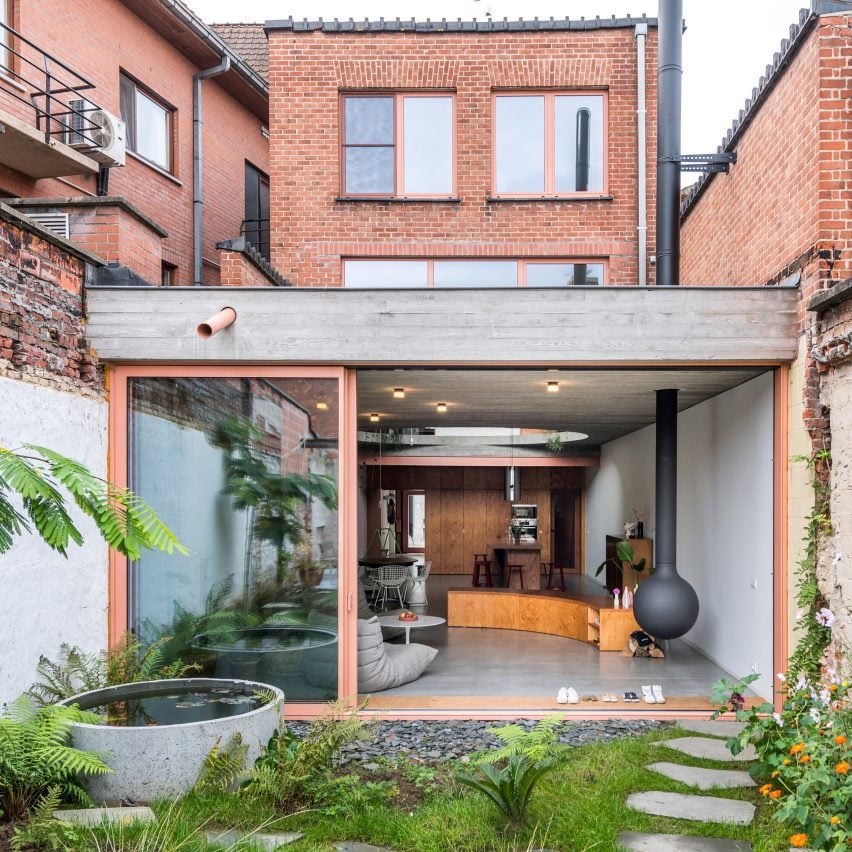Local studio Djinjama has unveiled designs for Ngurra: The National Aboriginal and Torres Strait Islander Cultural Precinct in Canberra, Australia. Ngurra – meaning ‘home’ in various Aboriginal languages – will be located within the grassy landscape of Ngunnawal and Ngambri Country in Canberra. It is designed to serve as a cultural centre for the First Nations people.
The proposal by Djinjama, designed in collaboration with COLA Studio, Hassell, and Edition Office, won a competition for the new landmark and will comprise two main spaces: The National Indigenous Knowledge and Cultural Centre and The National Resting Place.
Ngurra: The National Aboriginal and Torres Strait Islander Cultural Precinct
Djinjama’s design for the cultural centre emphasizes an Indigenous-led design process. According to Hassell head of design Mark Loughnan, this approach has captured deep time and memory into the design, resulting in a distinctive concept that creates a globally recognisable home for the National Indigenous Knowledge and Cultural Centre and The National Resting Place. The design embeds Country, kin, and community.
Loughnan likens the significance of this design to that of the Sydney Opera House, aiming to create a bold and compelling concept that expresses the importance of First Nations’ history and cultures in Australia’s national conscience.


Central Plaza and Cultural Centre
The National Indigenous Knowledge and Cultural Centre will be the largest space, functioning as a central plaza with a new community room for events and functions. A large wooden canopy, supported by slim timber columns and punctuated by a circular opening, will shelter the space, creating a spacious, open-air courtyard. The indoor cultural centre will be nestled into the hilly landscape, featuring textured walls, glass openings, and greenery on top.
The National Resting Place
Similarly integrated into the rolling landscape, The National Resting Place will serve as a private ceremonial building for cultural sensitivities and moments of reflection. It will include a curved entrance building and a taller, circular structure sheltering the resting place, wrapped by a secluded inner courtyard.
Connecting Pathways and Additional Features
Connecting the spaces will be a network of interweaving and meandering paths, determined by observing the historical movement of animals across the landscape. The design also includes an amphitheatre and wildflower and grassland gardens.
Djinjama, established by Danièle Hromek in 2020, contributes Country and Aboriginal cultural expressions to design and architectural projects. The Ngurra precinct is set to become a significant cultural landmark, reflecting the rich history and culture of Australia’s First Nations people.

Photos: WAX
Finally, find out more on ArchUp:





